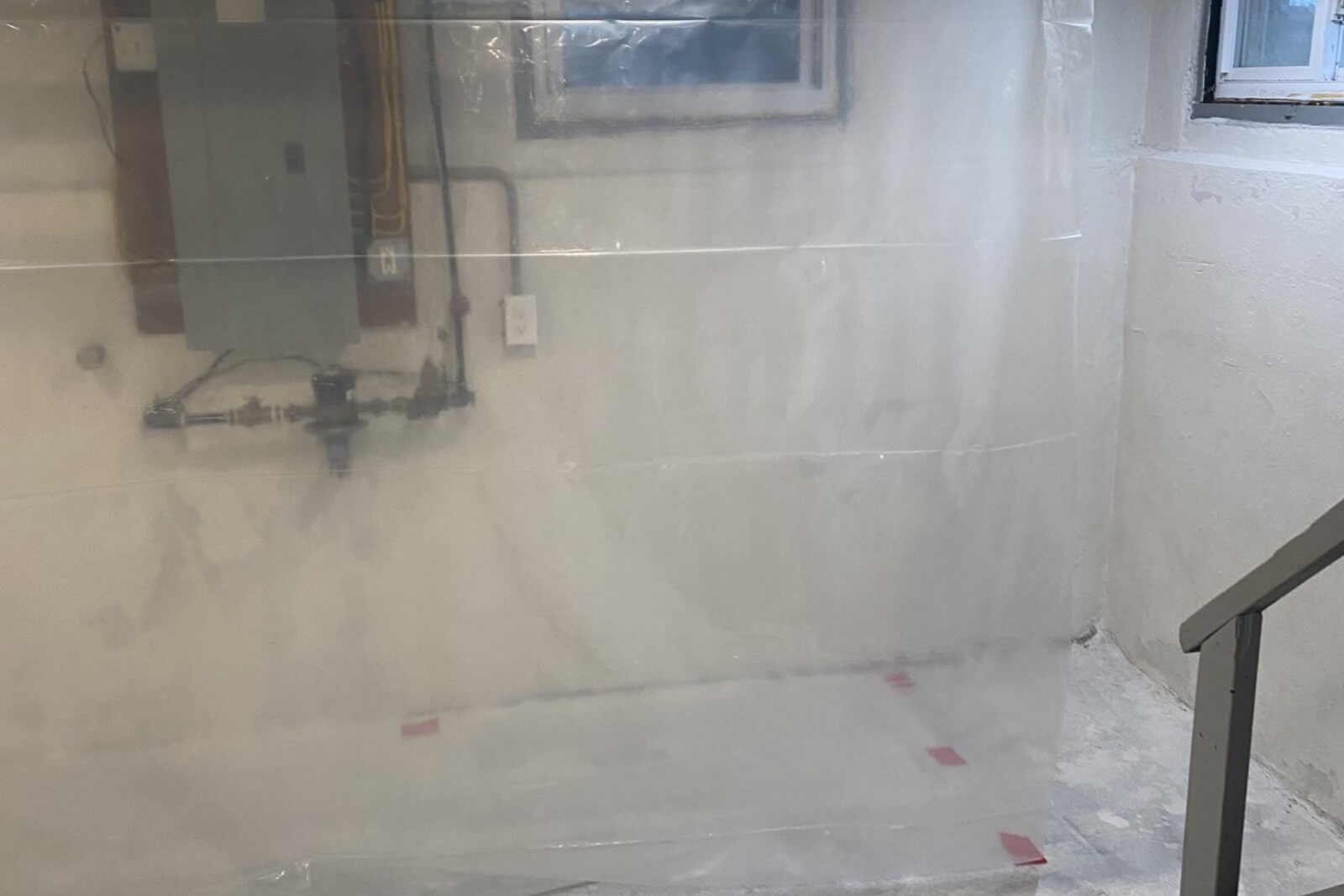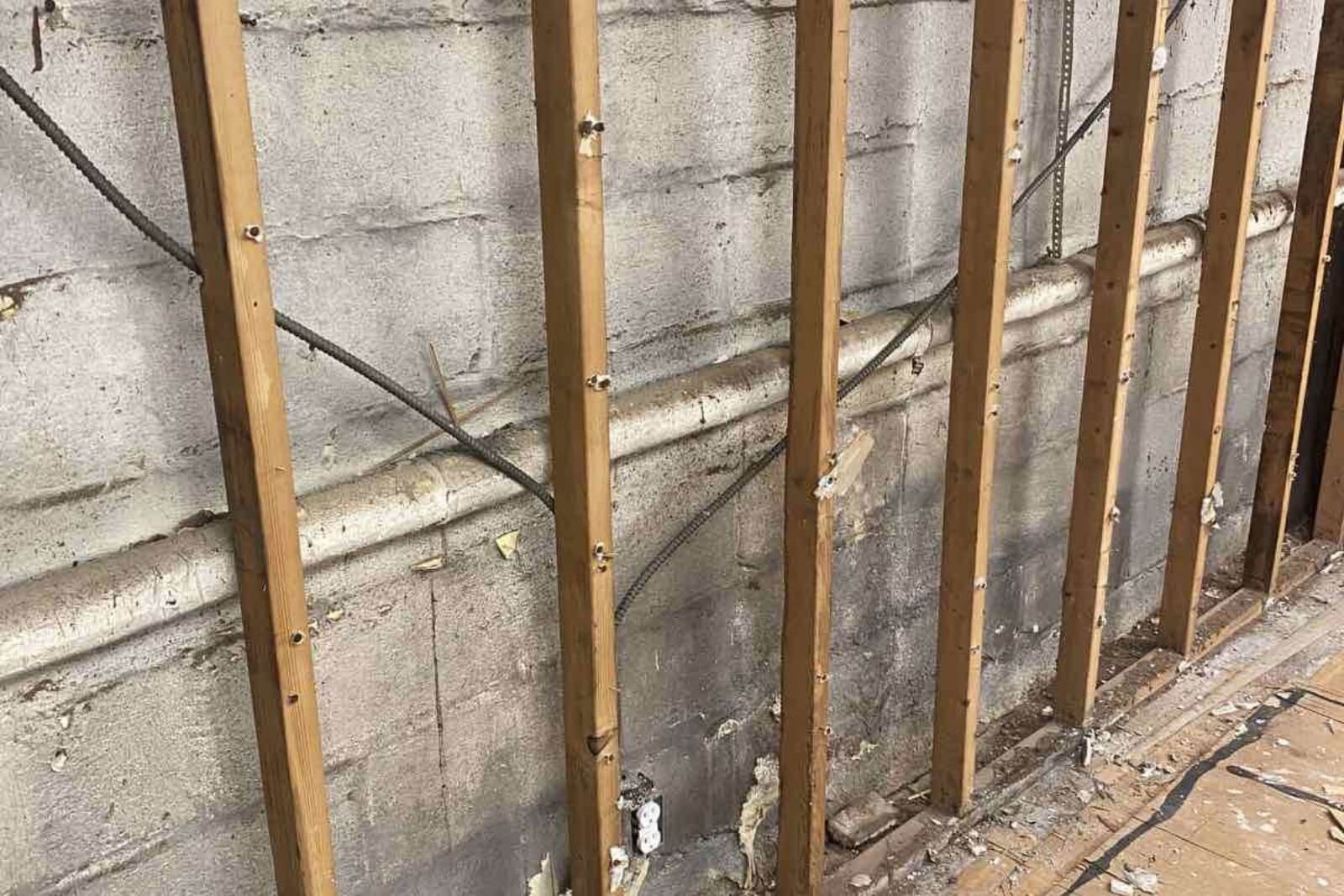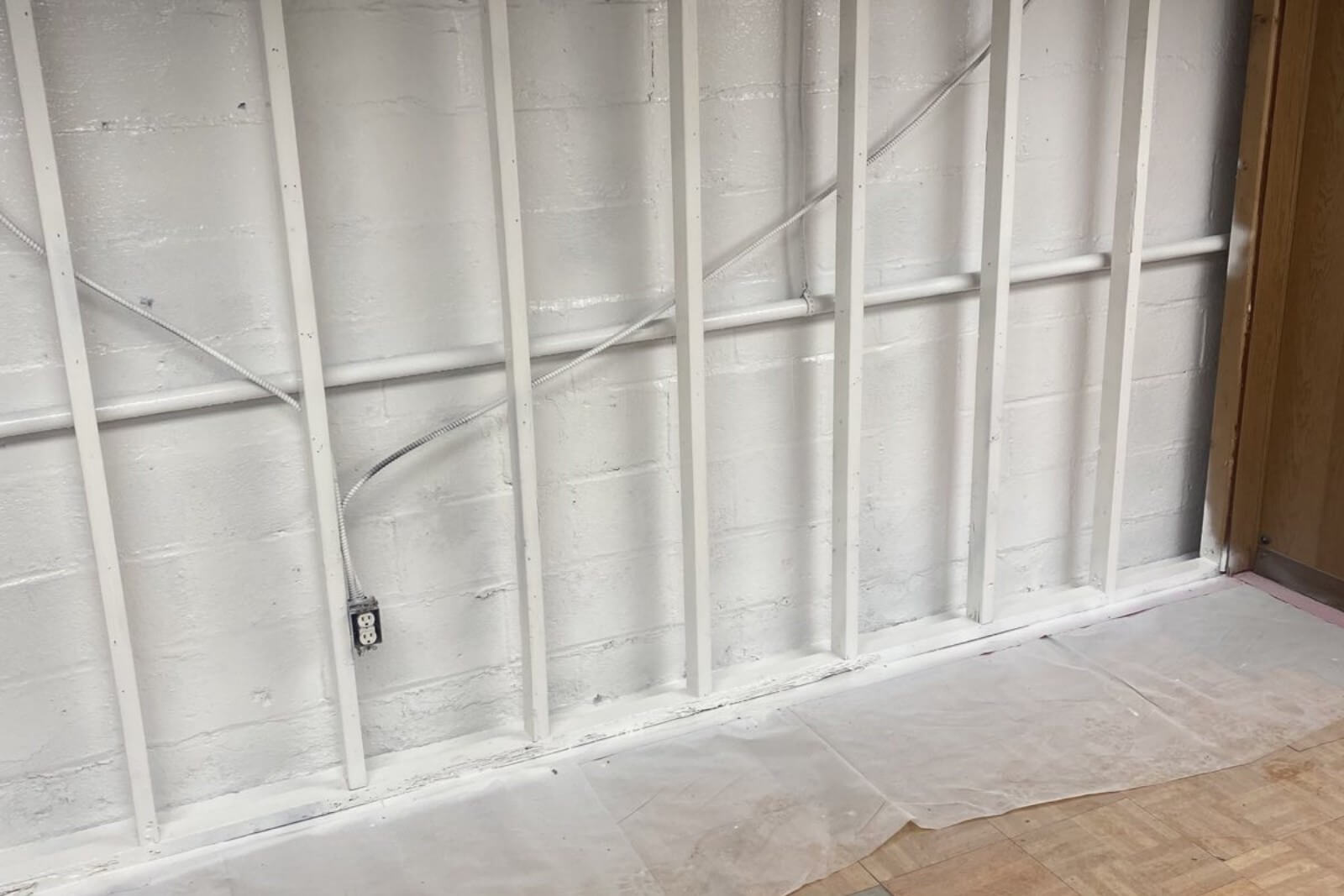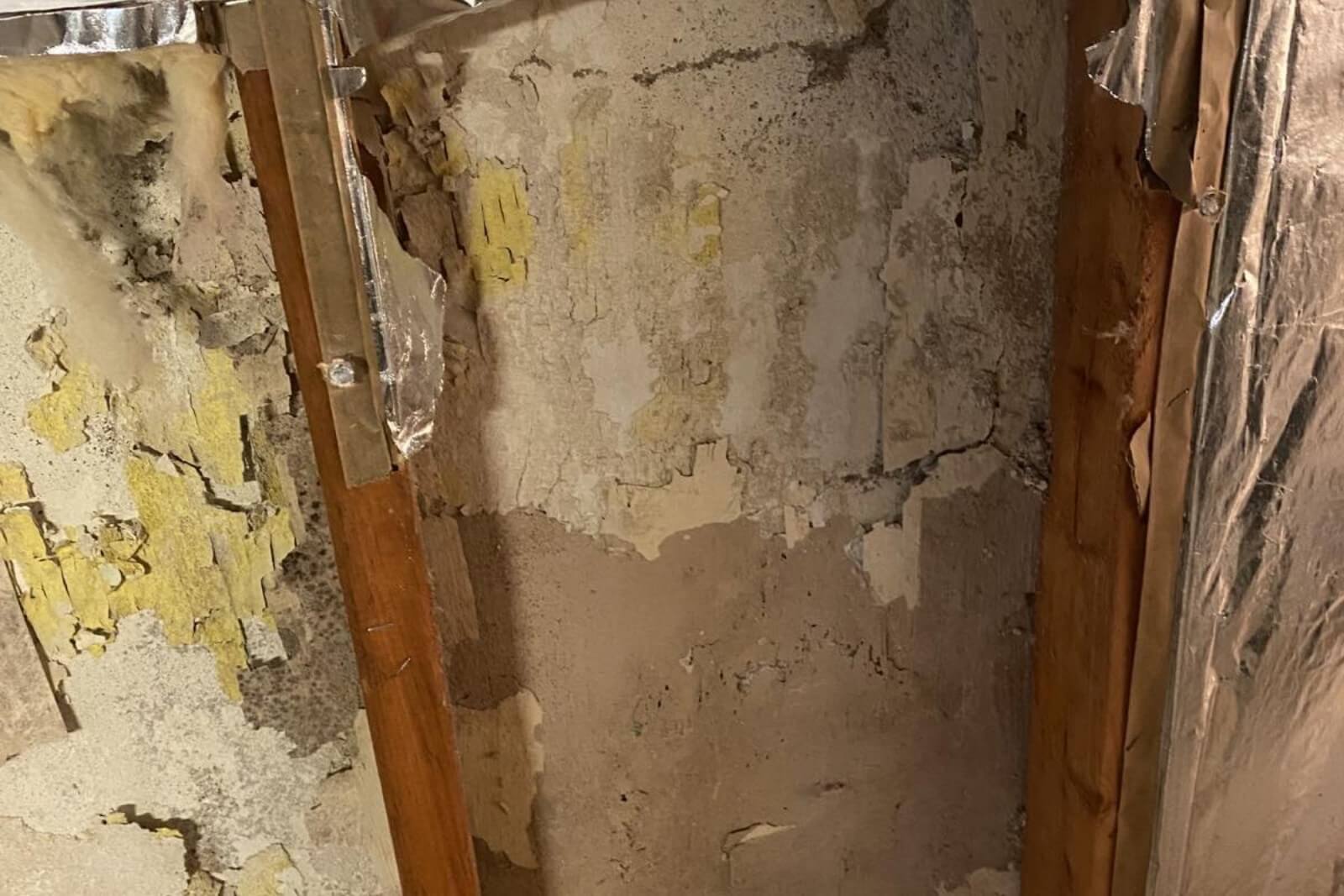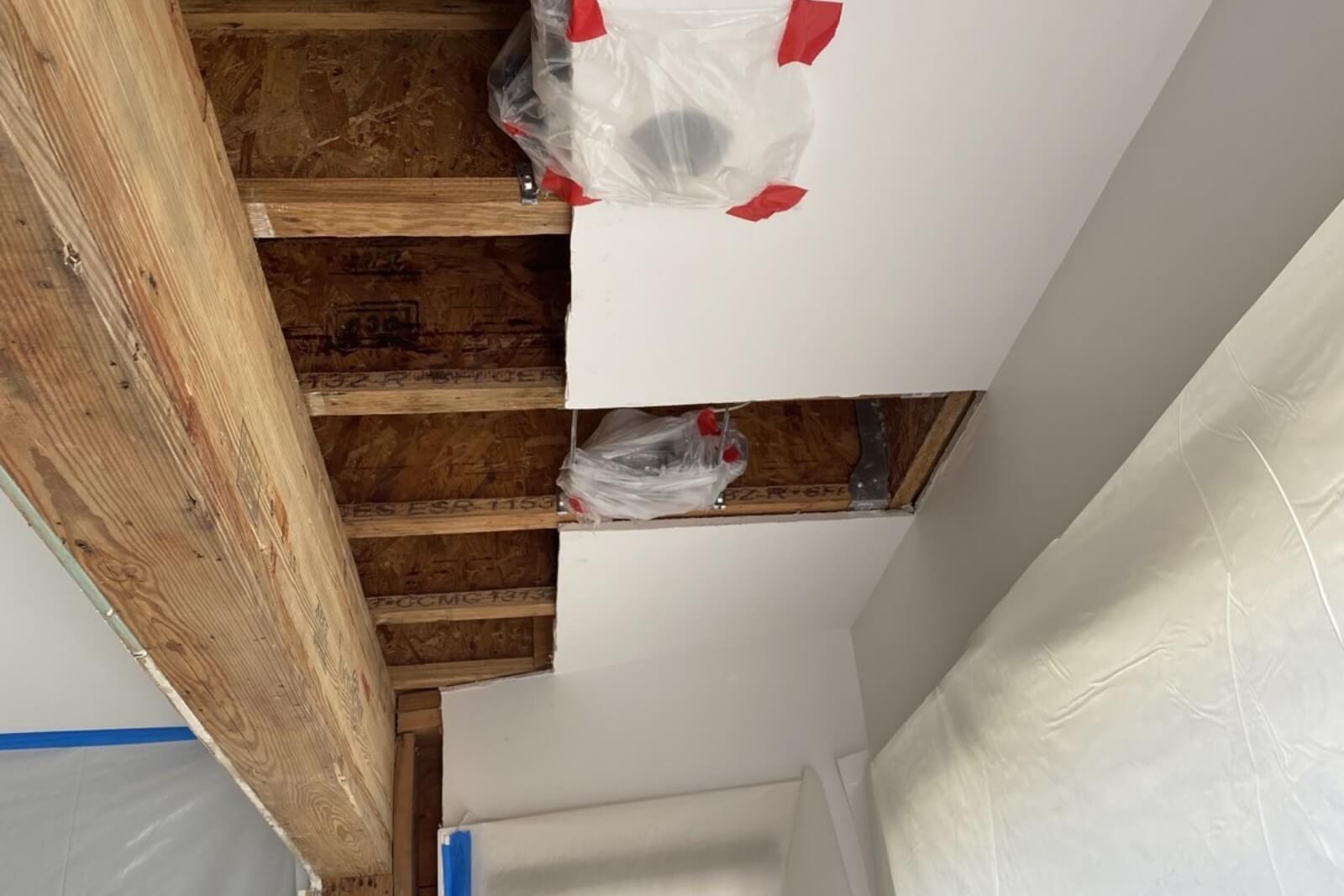Aug 12 2025 13:24h
The Hidden Dangers of Mold: What Your Family Needs to Know
Introduction: Mold Isn’t Just Ugly — It’s Dangerous
Most homeowners recognize mold as an unsightly stain in corners, basements, or bathrooms. But behind its surface appearance lies a more serious issue: hidden health and structural dangers. What may start as a small patch on the wall could signal a much deeper problem affecting your family’s well-being, home safety, and air quality.
In this article, we uncover the less obvious, but more dangerous side of mold, and explain what every homeowner — especially in New Jersey’s humid climate — should know to stay safe.
What Is Mold and Why Does It Spread So Easily?
Mold is a type of fungus that thrives in damp, dark, and warm environments. It reproduces through microscopic airborne spores, which means it can spread invisibly throughout your home without you even realizing it.
Common places mold hides:
-
Behind drywall and wallpaper
-
Inside HVAC systems
-
Under floors and carpets
-
In basements, attics, and crawlspaces
Even if the surface looks clean, spores may still be floating in your indoor air — ready to take hold where conditions allow.
Health Risks: Mold Can Make You Sick
The biggest hidden danger of mold is its impact on your family’s health. Mold exposure is linked to a variety of respiratory and allergic conditions, especially in children, elderly individuals, and those with pre-existing health issues.
🚨 Common health effects include:
-
Chronic coughing or sneezing
-
Skin irritation or rashes
-
Sinus congestion
-
Asthma attacks
-
Fatigue and headaches
-
Eye and throat irritation
🧬 According to the CDC, long-term exposure to mold can worsen asthma and even lead to lung infections in immunocompromised individuals.
Black Mold: The Most Dangerous Type
While many types of mold exist, Stachybotrys chartarum, commonly known as black mold, is the most notorious. It produces mycotoxins — toxic compounds that can have severe effects on the respiratory and immune systems.
Black mold is commonly found:
-
After flooding or water damage
-
In damp drywall, wood, or insulation
-
In neglected basements and crawlspaces
If you suspect black mold in your home, do not attempt to remove it yourself — improper handling can spread spores and increase exposure.
Mold Can Damage Your Home’s Structure
Beyond health concerns, mold can weaken the structural integrity of your home.
🛠️ Mold can:
-
Rot wood framing
-
Damage drywall and insulation
-
Weaken subfloors
-
Cause permanent staining and odors
If left untreated, these issues can lead to costly repairs, devalue your property, and even make your home unsafe to live in.
Mold and Your Home’s Air Quality
Many families don’t realize that their indoor air quality could be worse than the air outside. Mold contributes to airborne pollutants, especially when it grows undisturbed in air ducts, vents, or walls.
Symptoms like frequent sneezing, headaches, or fatigue — especially when at home — could be a result of poor indoor air quality caused by mold.
✅ Tip: If you notice a musty smell or experience symptoms that go away when you leave home, mold could be the reason.
Mold Affects Mental Well-being Too
Living in a mold-infested environment can also take a toll on your mental health. Persistent symptoms, constant cleaning, and anxiety over potential health issues can cause stress and sleep disturbances.
Additionally, the feeling of being unsafe in your own home impacts your quality of life — especially if children or elderly family members are involved.
How to Protect Your Family from Mold
Here are proven steps you can take to detect, prevent, and eliminate mold in your home:
1. Control Humidity
-
Keep indoor humidity between 30% and 50%
-
Use dehumidifiers in basements and bathrooms
-
Ensure good ventilation in kitchens and laundry rooms
2. Fix Leaks Promptly
-
Check for roof leaks, plumbing issues, and window condensation
-
Dry all wet materials within 24–48 hours
3. Inspect High-Risk Areas
-
Regularly inspect basements, attics, and crawl spaces
-
Don’t ignore stains, bubbling paint, or musty smells
4. Get Professional Mold Inspection
-
If you’re unsure, schedule an inspection to test air quality and detect hidden mold
When to Call a Mold Remediation Expert
Some homeowners attempt DIY mold removal, but this is often risky and ineffective — especially for hidden or toxic mold. A certified mold remediation team has the tools and training to:
-
Identify all mold sources
-
Remove contaminated materials safely
-
Decontaminate air and surfaces
-
Prevent mold from coming back
At MN Restoration, we specialize in professional mold remediation in New Jersey, ensuring that your home is not only clean but also safe and mold-free.
📞 Call us now at 973-883-5645 or email mnrestorationnj@gmail.com for a free mold consultation.
Conclusion: Mold Is a Hidden Threat—But You Can Fight Back
Don’t underestimate the dangers of mold just because it hides behind walls or under floors. Its effects on your health, home, and peace of mind can be serious — but with early detection and professional intervention, mold can be safely eliminated.
Your family deserves to live in a clean, healthy space. Take action today to protect your home from the hidden dangers of mold.

